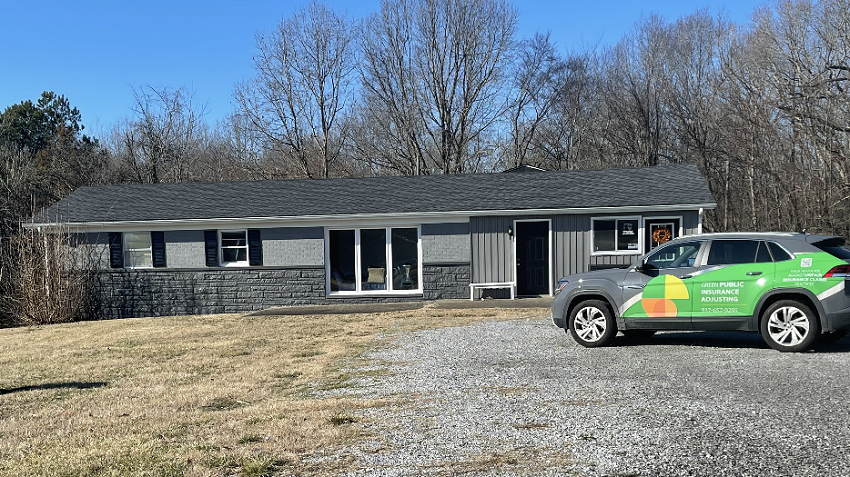
When a Claim Fails Before It Begins: What Leonard v. State Farm Teaches About the Value of a Public Adjuster
The outcome of Leonard v. State Farm illustrates how insurance claims can fail when they are not properly documented, framed, or supported. The homeowner’s attorney attempted to argue for full roof replacement based on building code requirements, but the argument was misapplied and unsupported by the factual record. Critical evidence—such as detailed repairability analysis, code-based justification, and even the insurance policy itself—was missing from the case. As a result, the court found no basis to compel appraisal, no factual dispute over the scope of damage, and no grounds for breach of contract or bad faith.
The case highlights the important role a public adjuster can play in developing a strong claim foundation. A public adjuster would have documented repair feasibility, created a code-compliant narrative, established causation, and ensured the policy and supporting materials were properly presented. With the correct framing and a well-developed record, the homeowner’s position could have been significantly stronger.




